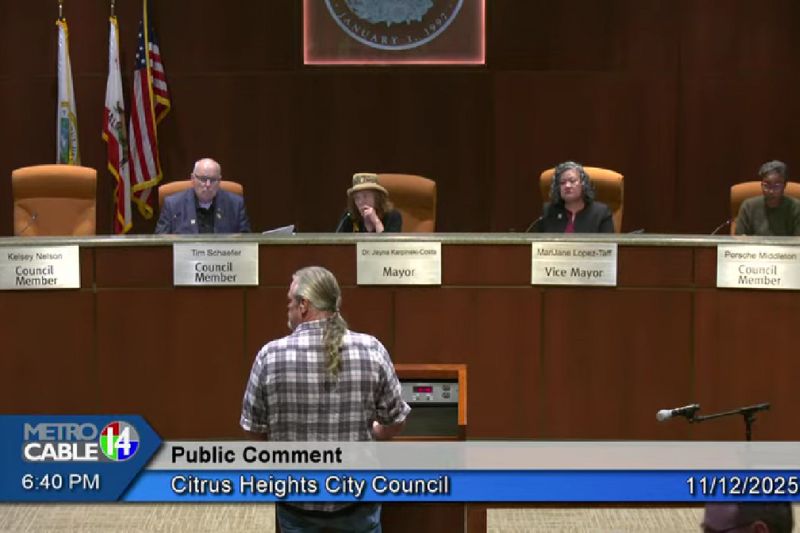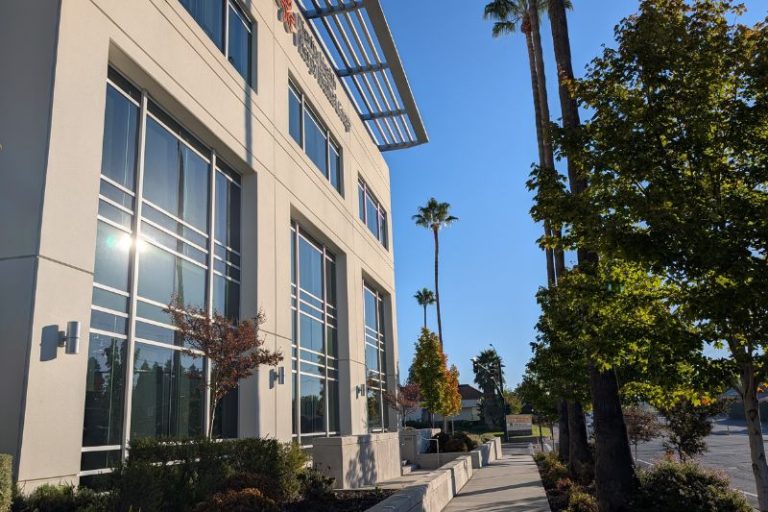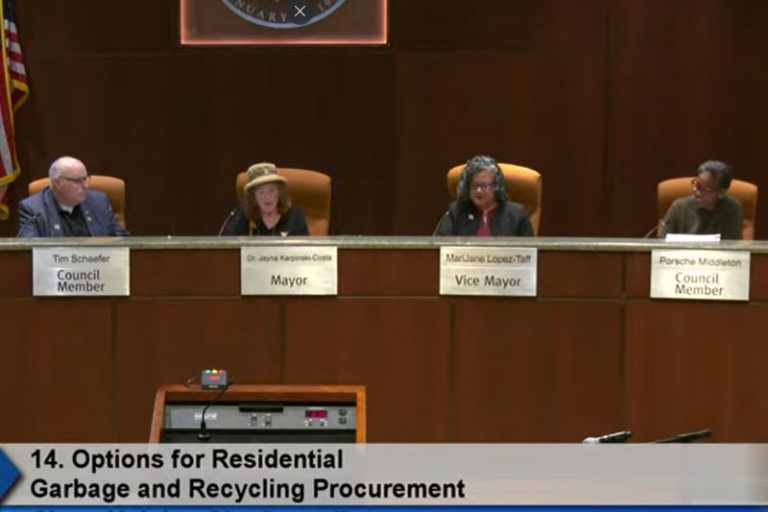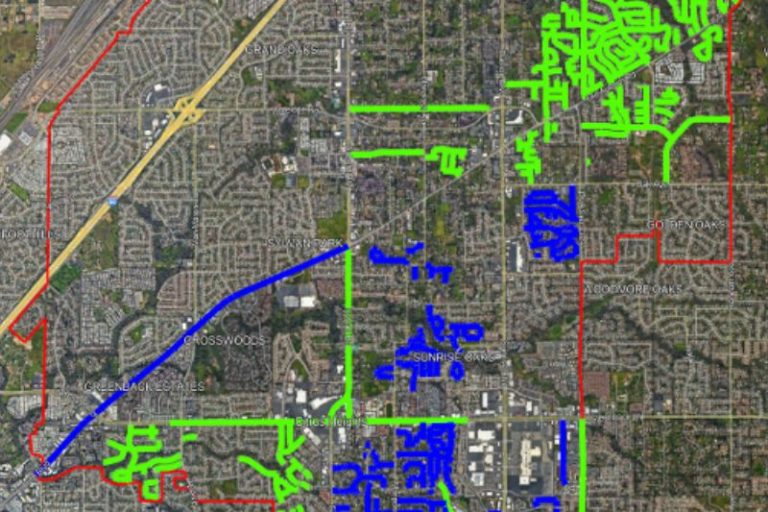
By Sara Beth Williams–
Some residents have voiced concerns regarding the city’s plans to design a new segment of the Arcade-Cripple Creek Trail.
During public comment at Wednesday night’s Citrus Heights City Council meeting, two speakers addressed the council with questions and objections related to the future trail extension, which would connect the existing trail within the Stock Ranch Nature Preserve to Sylvan Road. The discussion followed the council’s Oct. 22 vote to approve an agreement with Dokken Engineering for design and development services.
While the trail extension is intended to improve connectivity within the city’s growing trail network, the residents expressed apprehension related to safety, sanitation concerns, and environmental impacts.
One resident noted a rise in homeless activity from 2023 to 2024, and argued that extending the trail could increase homeless activity in nearby neighborhoods. Others shared concerns that additional access could “create a highway for homeless to travel,” negatively impact home values, or lead to more safety and sanitary issues.
Environmental concerns were also raised, with speakers describing the wooded creek area as a sensitive ecosystem. One commenter warned that the project “could have unintended environmental consequences,” and noted that current trail sections nearby “are filthy and smell awful,” due to unhoused individuals leaving trash and debris.
The resident, who lives on Sylvan Creek Court, said flooding already occurs annually when rains arrive, creating temporary lakes in the fields. They expressed worry that altering the landscape could change flood patterns and potentially affect FEMA flood insurance requirements for nearby homes.
The same resident said the neighborhood already has “parks, sidewalks, and paths suitable for walking,” and urged the city to prioritize maintaining existing paths and preserving the natural corridor rather than expanding the trail into the wooded area. They suggested investments in gated dog areas and trail maintenance instead of new construction.
A second speaker raised additional concerns about future development east of Sylvan Road, referencing the city’s prior assessment that land between Sylvan Road and Mariposa Avenue could not support construction because it allegedly lies within a 100-year floodplain.
“You can’t turn a shovel of dirt,” the resident said, adding that parts of the area are regularly “two feet deep” in water during storms. They asked the council to clarify its intentions for future creek-area projects and questioned why money is being spent on design work west of Sylvan Road if development east of the roadway has previously been deemed infeasible.
In response to the public comments, the city issued a statement Friday, saying in part:
“City Council and staff understand the concerns raised about the trail extension project, and keeping Citrus Heights clean and safe remains our priority. We will continue working with residents to address issues such as safety, maintenance, and drainage.”
The design contract is funded through a $1.18 million Regional Carbon Reduction Program grant awarded by the Sacramento Area Council of Governments earlier this year. The project will move through the final design phase before construction funding is identified. The half-mile extension is planned to follow an existing easement at the Huntington Square Apartments, and includes a paved multi-use path, new bridge over Arcade Creek, pathway lighting, and a signalized pedestrian crossing at Sylvan Road.
Under California’s Brown Act, the City Council is prohibited from engaging in detailed discussions or responding to questions on matters raised during public comment unless the topic has been formally listed on the meeting agenda. While councilmembers could not directly address the concerns raised, city staff at the meeting offered to connect with the final commenter afterward to provide clarification and additional information about the project and the city’s future aspirations.










